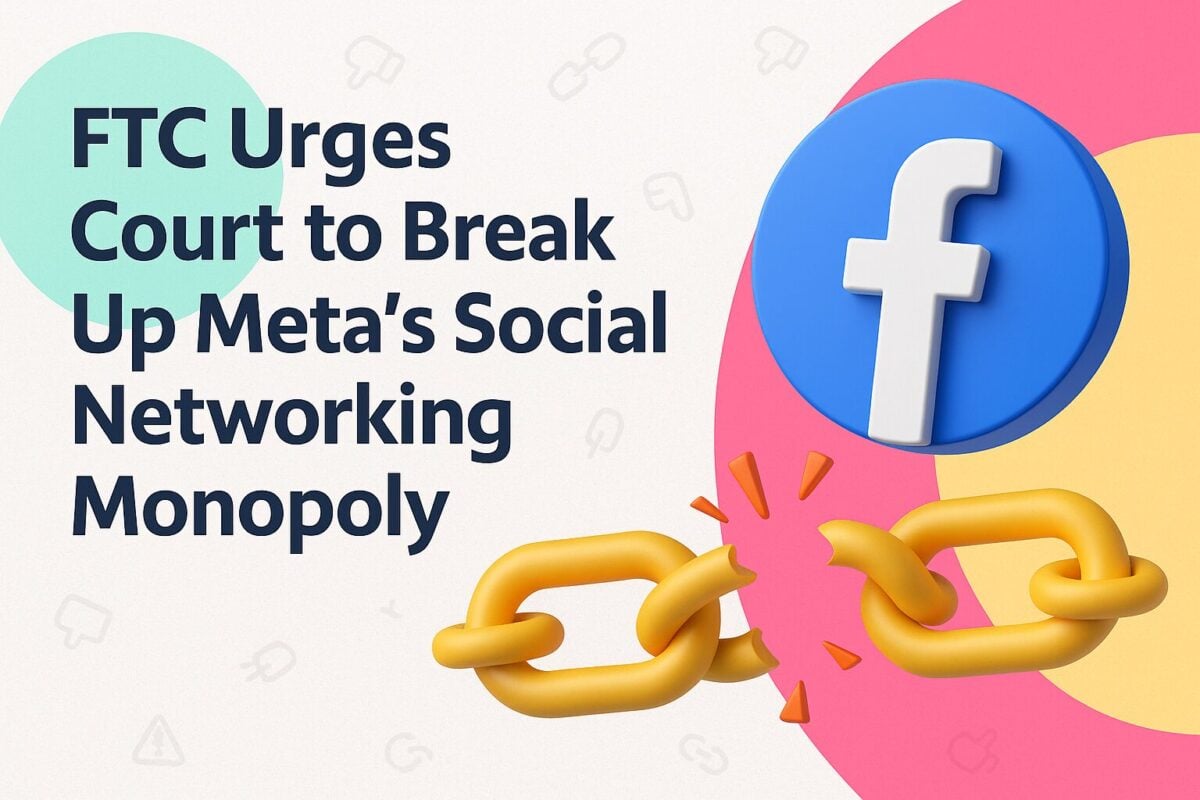Even if you don’t think of yourself as a leader, there will come a time when you’ll need to fill a leadership role. When this happens, you’ll most likely gravitate towards a certain style of leading those around you, whether it’s a virtual assistant, freelance website designer, or a whole marketing team.
Your personality and previous experience can play a huge role in the leadership style that appeals to you more. So too can the needs of the business. For example, a new startup will need a leader who can encourage and reward innovative thinking, while a non-profit will need one who will value other people’s happiness.
To help you forge your path ahead, in this article, we’ll take a look at the most common leadership styles. From democratic to autocratic to something in-between, continue reading to find out where you fit in.
11 Most Common Types of Leadership:
11 Styles of Leadership
1. Democratic
All in all, the democratic leadership style (also referred to as participative leadership sometimes) is one of the most effective approaches. With this type of style, decisions get made by the leader using the feedback of different team members. In other words, each individual team member has the opportunity to share his/her views. Even though they might not be able to make the final decision, lower-rank team members get the opportunity to develop their leadership skills which they might need later on. Also, employees will feel that their voices are heard which will translate to better participation and more engagement.
Democratic leaders can be very valuable in the tech industry specifically. As this leadership style emphasizes group discussions, it can boost innovation and creativity. Though, it can feel overwhelming to those members of your team who prefer working on their own or in small groups. Plus, big group discussions will take more time which can make it costly.
2. Strategic
Adopting a strategic leadership style is usually effective. When following this approach, the leader will take on the executive interests and, at the same time, see to it that the work environment stays favorable for all the team members. That said, a possible downfall is that it can be difficult to identify what the best path is when different employees get what they want.
3. Transformational
While it’s not as effective as a democratic or strategic style, you can still get results when you use transformational leadership. In short, with this type of style the leader will continuously push employees by changing their basic tasks. This way, they’ll never have the chance to get stuck in a comfort zone. However, the focus remains on the objectives of the business and not necessarily the individual goals of different team members.
So, as a leader, you’ll, for example, start to make the goals more challenging and deadlines tighter. It can be a great way to encourage team members to explore their capabilities. That said, you’re always running the risk that some team members might get overwhelmed. So, it’s better suited for employees who won’t be thrown off track with a number of tasks that get delegated to them. Also, for this to work, you’ll need to keep in mind that your employees will learn and grow at a different pace and you’ll need to offer some guidance to help them navigate their way through their new tasks.
4. Visionary
What visionary leaders have in common with transformational leaders is that both are skilled at inspiring team members and bringing people together. This type of leadership style can work well if you need to run a small, fast-growing startup. Though, it can also be implemented effectively in bigger companies that are busy restructuring.
To be an effective visionary leader, you need to be bold, optimistic, and innovative. You should be strategic and take risks.
No leader is perfect (even visionaries). Visionary leaders may tend to overlook alternative opportunities or current issues because they’re more focused on what the future holds in store.
5. Transactional
Nowadays, the transactional leadership style is quite popular. Similarly to the transformational leadership style, you can enjoy success with this form of leadership, especially if short-term goals are more important than long-term ones.
In short, management will reward team members for the work that they’ve completed successfully. This might be in the form of incentive bonuses for reaching a target by the end of the month. Examples of targets can include creating and posting a set number of TikTok videos or growing the email subscriber list by 10%.
While it’s very effective for ensuring that employees understand their roles and responsibilities, it can discourage employees to keep pushing themselves even after they’ve reached a specific goal. For this reason, it shouldn’t be used too much. Also, it can reduce creativity as employees are more focussed on hitting that target. So, while it can be effective for marketing, it’s better suited when working with your sales team specifically.
6. Laissez-faire
The term “laissez-faire” comes from French and loosely translated it means “allow to do”. When applying this to leadership, it means that leaders will entrust their team members with virtually all the authority (in other words, this is the opposite of what autocratic leaders will do). While laissez-faire leaders delegate most tasks, they don’t actually supervise employees a lot. For example, if you’re an adopter of remote work, this will most likely describe your style accurately.
The benefit of embracing this more hands-off approach is that it leaves leaders with more time and energy to devote to the overall functioning and running of the business. That said, it can only work effectively if the employees are properly trained and very experienced.
Though, one potential drawback of the laissez-faire leadership style is that it can restrict the growth of team members and possibly the business. Also, if there’s any confusion about goals and expectations, employees might not be as productive or could end up feeling that they’re not receiving all the support they need. However, if you can ensure that they have enough resources and tools to feel that they’re supported and take the time to offer constructive criticism from time to time, you’ll create a relaxed atmosphere and a work environment that employees don’t want to leave.
7. Pacesetting
If you need a result and you need it fast, adopting a pacesetting leadership style can be a good option. The main focus is performance. The standards are usually high and it calls for employees who are energized and experienced. All in all, it’s best suited for fast-paced, dynamic work environments.
Two things to look out for, though, are employee burnout and miscommunication. As employees are continuously working towards the next deadline, they can start to feel overworked. Plus, as they’re working against the clock, there’s not really time to decipher instructions. So, ensure that you remain cognizant of your employees’ workload and that your instructions are clear.
8. Servant
If the happiness of your employees is one of your top priorities, the chances are pretty good that you fall into this category. As the name suggests, servant leaders place others first. They believe that employees will perform better at work when they feel fulfilled on a personal as well as professional level. Needless to say, servant leaders are usually highly respected.
So, if employees are happy, they feel fulfilled, the work that they deliver is of better quality and they respect their boss, where’s the catch? While everyone else and the business might be thriving, servant leaders are more prone to burnout. Also, when a more authoritative approach is needed, servant leaders will find it more challenging.
9. Autocratic
The autocratic leadership style (aka authoritarian style) is the opposite of what it entails to be a democratic leader. When this style is followed, all the decisions get made by the leader without consulting with other team members first. This means that no one else apart from the leader gets to share his/her input. If someone else does get to deliver input, it will be restricted to only a few trusted employees. As a result, whenever any changes get implemented, employees simply need to accept the decision, even though they weren’t consulted.
So, if the happiness and fulfillment of the employees aren’t the focus, what is? Authoritarian leaders’ main concern is efficiency and results.
Needless to say, this type of leadership style is ineffective most of the time. Also, don’t be surprised if your employee retention is low. After all, you can’t expect your employees to stick around if you don’t value their input.
That being said, some situations might actually call for a more autocratic style. For example, if the business operates in an industry where there are strict compliance regulations that need to be followed, it can be useful to have a more authoritarian leader. Also, if the majority of the employees have little experience, the business might benefit more if these employees are supervised more strictly. While the employees will enjoy less freedom, they can actually feel less stressed as they’re not responsible for the decision-making process. Though, this is often at the expense of the leader as autocratic leaders are more likely to suffer from stress.
10. Bureaucratic
Similar to the autocratic leadership style, bureaucratic leaders are rarely successful. While a leader will give team members the opportunity to share their thoughts, he/she will typically ignore their feedback, especially if it’s not in line with how things are usually done. Basically, a bureaucratic leader works strictly according to the rules and company policy.
Before crucifying this type of leader, though, there’s (sort of) a logical reason for this way of running a business. New ideas typically get rejected because the way things are normally done have delivered results. So, it’s essentially an example of why change something if it ain’t broken, right? Also, if you’re operating in an industry like finance or healthcare, certain things must be done in a certain way, leaving you with little reason to encourage creativity in any case.
It’s unlikely that you’ll get this type of style in a young startup. Instead, this style is more closely associated with bigger, more traditional businesses. The major drawback of operating your business as a bureaucratic leader is that you can stifle creativity. After all, why should you try to be innovative and think outside the box if your idea will most likely get rejected? For this reason, it’s not the best approach to take if you want your brand to scale quickly.
11. Coach-style
If you don’t necessarily like the idea of democracy within the workplace, but you want to be effective as a leader, you can consider adopting this approach. In short, coach-style leaders will concentrate on identifying the strengths of individual employees so that these specific skills can get developed. While it’s similar to strategic leadership, individual development and success are highlighted more. Plus, the ability of the team to work better as a unit is also emphasized.
In the workplace, a leader might entrust each team member with a specific skill instead of expecting that everyone must concentrate on the same skills. Employees will be given guidance to help them learn new skills and will also receive regular feedback regarding their performance.
For this to work, though, you’ll need to be able to identify strengths and weaknesses in others quickly. You’ll also need to be able to create a positive atmosphere where people feel confident and motivated to improve themselves continuously. As the success of this style also hinges on the leader’s ability to offer constructive feedback, you’ll need to be an exceptionally skilled communicator. When done right, the result is a solid unit that can celebrate different types of skills and acknowledge each team member’s unique contribution.
All in all, it’s one of the best styles to adopt. Yet, few businesses follow a coach leadership style (probably because it requires more time and effort). If you’re supportive, boast good self-awareness, and value lifelong learning, this style can suit your personality and own set of strengths quite well.
How to Choose the Best Leadership Approach
While you should keep the skill set of your employees and business goals in mind, you’ll also need to keep in mind your own leadership style. Basically, what style comes more naturally to you?
To help you become a more effective leader, here are some questions that you should ask yourself:
- What is more important: short-term or long-term goals?
- Do I believe that it’s important for employees to have freedom of choice?
- What’s my take on structure? Do employees need it in order to thrive?
- What are more important: the goals of the business or positive employee relationships?
- Do I feel more comfortable reaching a decision on my own or do I need the help of others?
After you’ve done some introspection, there are also a couple of things that you can do to help you become a successful leader. For example, it can be a good idea to find a more experienced leader who’ll be able to mentor you. This way, you can find out how others in your position improved their leadership skills. If you’re already in a some type of leadership role, you can also reach out to those closer to you. It’s not necessarily a pleasant experience to ask for feedback, but their constructive feedback will help you to improve your skills and refine your style.
Wrapping Things Up
It will take time before you find the most effective leadership style. So, don’t be afraid to experiment with different types of leadership styles in the meantime. After all, some instances might call for a different style of leadership.
For example, if the short-term goals of the business are currently more important than it’s long-term vision, you might need to assume the role of a transactional leader. Or, if decisive action is needed, there might not be enough time to welcome individual contributions. So, even though the situation might not necessarily allow you to give your own employees more flexibility, it doesn’t mean that you shouldn’t be flexible.
Also, remember to keep your personality in mind. Your goal should be to find a leadership style that works toward your own strengths. This way, you won’t waste time and energy on forcing a certain style to fit your personality and values. After all, isn’t your own job satisfaction just as important too?
Frequently Asked Questions
Which approach to leadership should you take?
There are many different approaches to leadership that you can take. Depending on your skills, personality, the experience of your team, and business goals, you can, for example, opt for a coaching leadership style, servant leadership, or a democratic style. Also, in some situations one leadership style might be more effective than another one. For example, if you have a number of important deadlines, it might be necessary to take on the role of a pacesetting leader. So, don’t be afraid to experiment with various styles.
Which qualities do you need to be a good democratic leader?
Strategists make good democratic leaders. This means that you need to be very aware of the environment in which you work. You need to understand the different processes and structures required for your business to run smoothly. You also need to be rational, flexible, good at mediation and communication.
What is the best leadership style?
There’s no such thing as the best leadership style. The best leadership style is the one that you’re comfortable with and takes into account your employees’ experience and skills and the goals and industry of your business. For example, in some instances, like when your business operates in a highly regulated industry, it might even be needed that you follow a more bureaucratic approach. On the other hand, if you want your business to grow quickly, a transactional approach might be better.
Are autocratic leaders successful?
Autocratic leadership is rarely effective. Not only can it create a negative work environment and low employee morale, but employee loyalty will suffer too. As a result, your employee turnover rate will be higher. That being said, if most of your employees have little to no experience, you might have to be more autocratic than democratic from time to time.
Which leadership style is best if you need quick results?
A pacesetting leadership style can be a good choice if the environment is fast-paced and dynamic. The primary focus is on performance and ensuring that deadlines are met. For this style to be effective, though, you’ll need team members who are energized and experienced.






